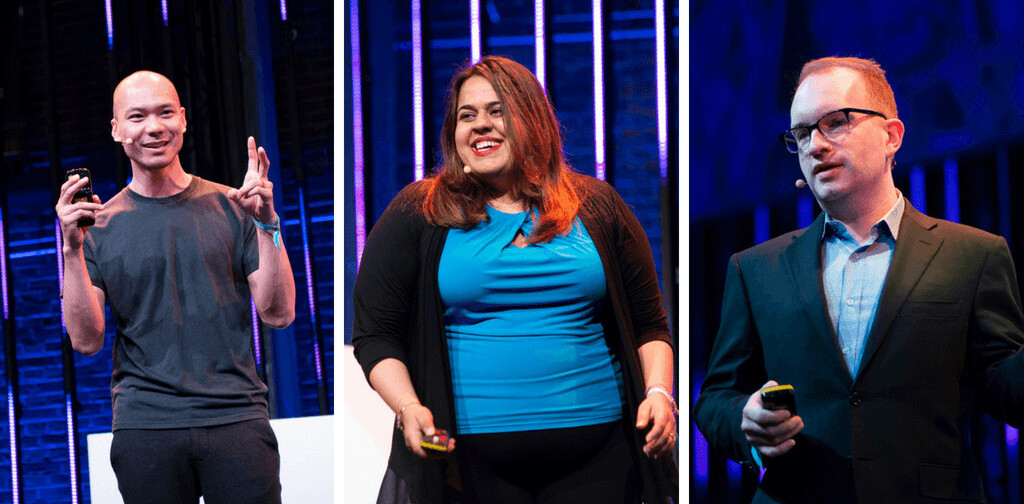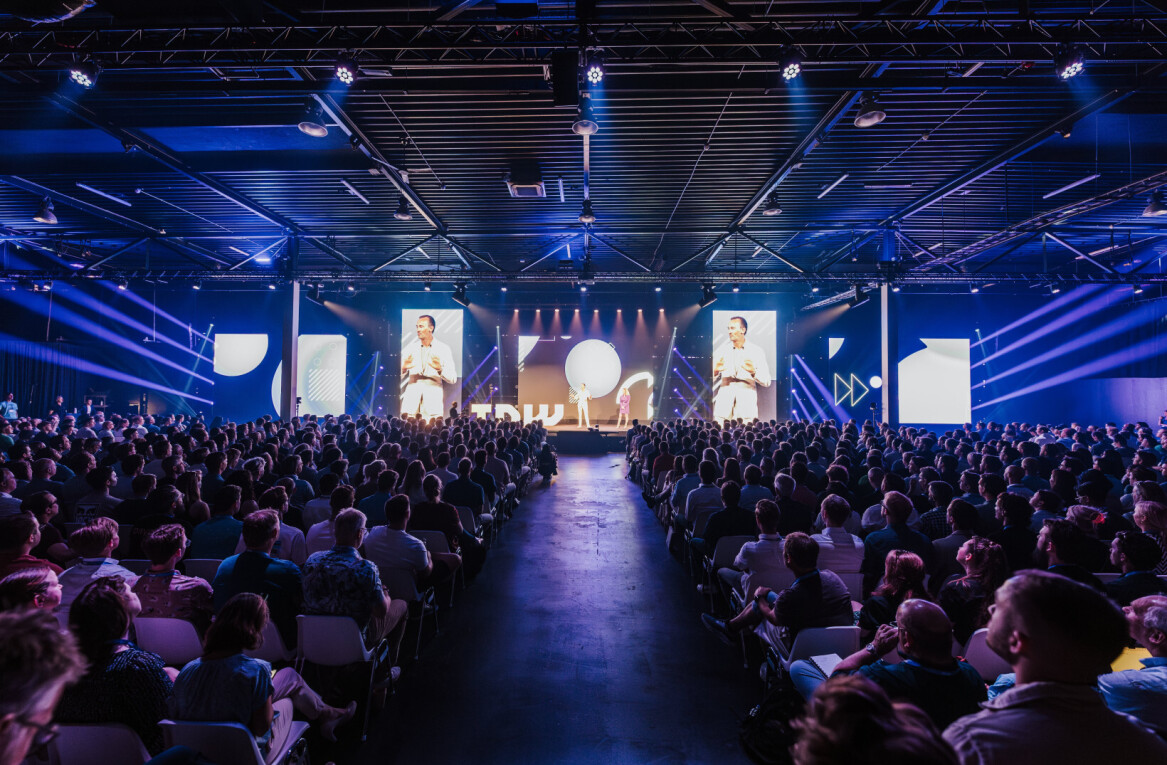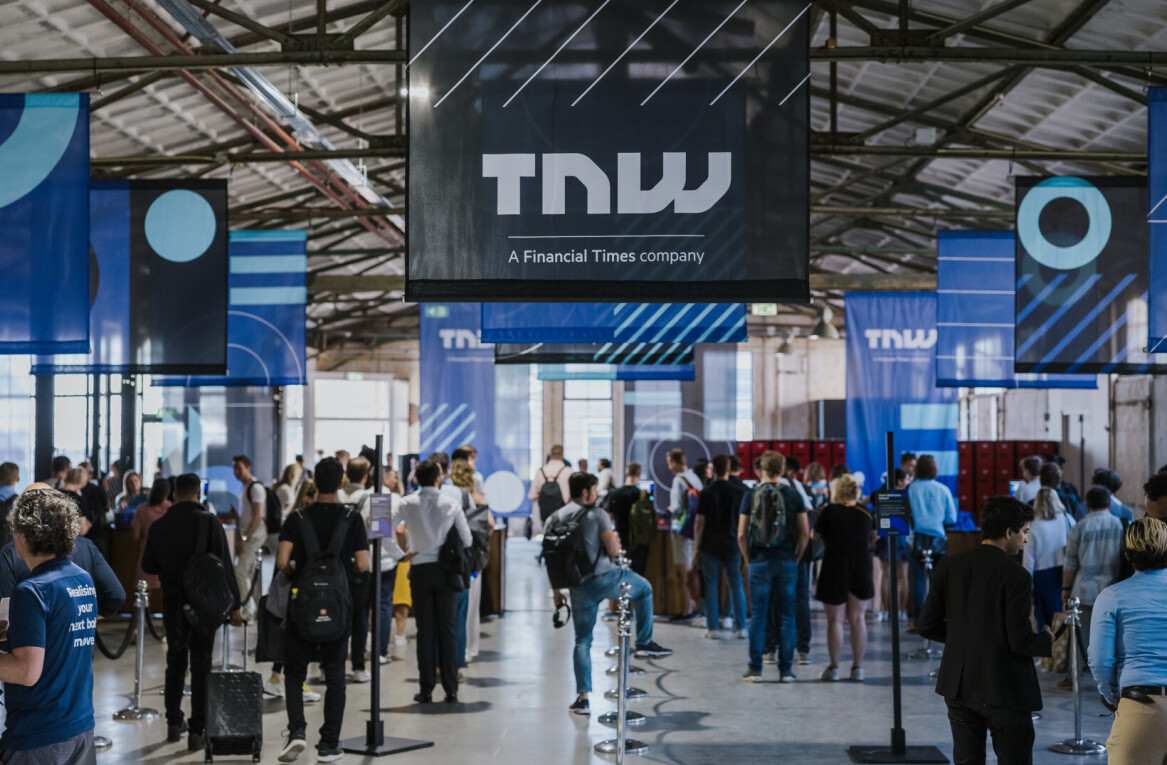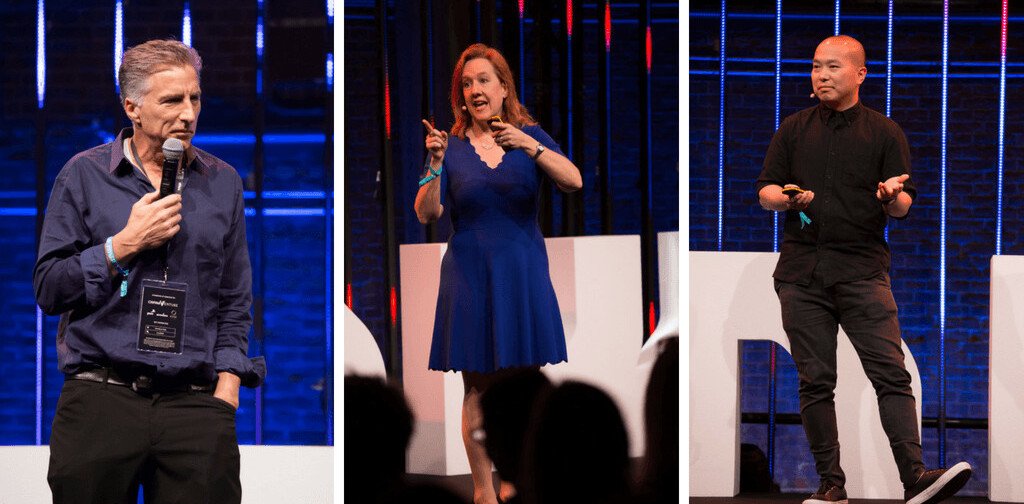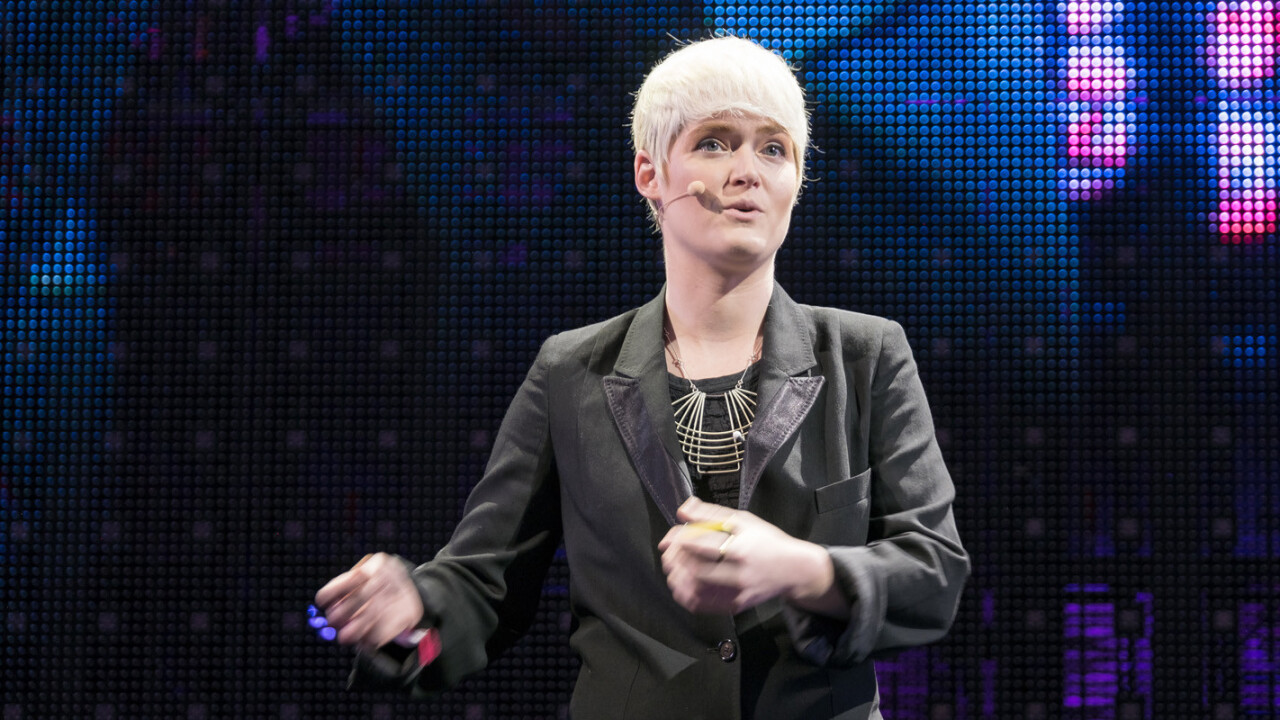
We’re quickly advancing towards a world where we’re drastically outnumbered by connected gadgets: Cisco estimates that 50 billion devices will be online by 2020. With that in mind, Amber Case took to the stage at TNW Conference in Amsterdam on day one to warn us of the Dystopian Kitchen of the Future, which can order groceries automatically in the best of times, but locks you out of the fridge when your Wi-Fi network is down and pings you constantly with unnecessary alerts.
Is there a way out? Case, who’s the author of Calm Technology, highlighted some principles to keep in mind when designing products that can integrate better into our lives, instead of interrupting us when we’re busy or relaxing. I’ll share three of my favorites here:
Technology shouldn’t require all our attention, just a bit of it and only when necessary.
A perfect example of a low-tech device that gets this right is the tea kettle. It simply whistles to lets you know when it’s ready for you to use, and doesn’t need to be connected to a server to alert you.
Technology should empower the periphery.
When you’re driving a car, you have high-resolution vision to see what’s in front of you, but peripheral stimuli can also inform you of what’s happening in your surroundings.So instead of bringing every single notification right in front of you to your main device (like your desktop), consider using peripheral senses to deliver information.
For example, the LUMO Back Smart Posture Sensor simply buzzes you to remind you to sit straight and stop slouching – instead of beeping loudly, drawing attention to you at your workplace and breaking your focus.
Technology should inform and create calm.
There are many ways to think about how to deliver information to users. Case used the example of her homebrewed solution for figuring out what the weather is like: she installed a Philips Hue smart lightbulb that’s connected to a weather report app from a wall-mounted iPad. The color of the light lets her know whether it’s sunny or overcast outside, so she can prepare for her day accordingly.
You can find more principles over at calmtech.com.
Get the TNW newsletter
Get the most important tech news in your inbox each week.
